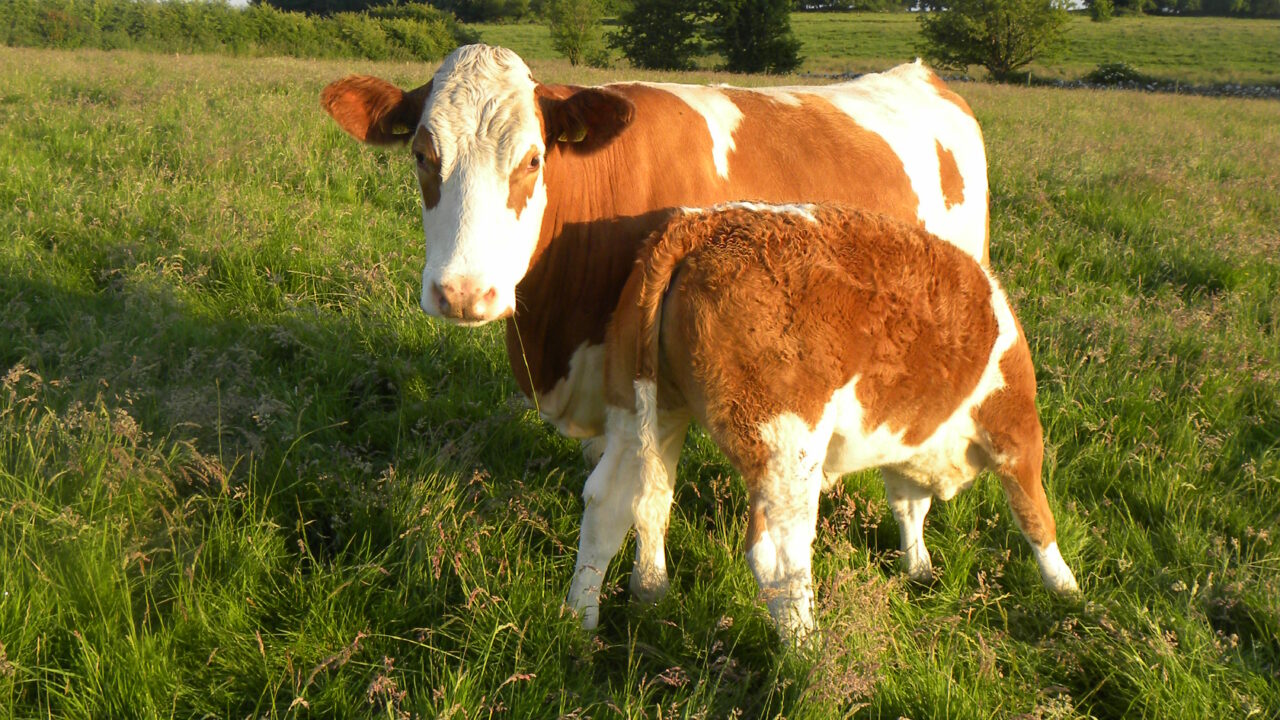If you want to succeed in any business these days, then a plan is needed. The business of farming is no different.
As we head into the autumn, most suckler farms with spring born calves will be looking to sell these weanlings in the next two months. Target a sale day to market your stock. Aim to have calves weaned, looking spick and span, stress free and suitable for sale on the chosen day.
Indeed, this point has been highlighted by Teagasc advisers at recent beef discussion group meetings and this issue was prominent at the Beef Open Day in Grange in June. Analysis of eProfit Monitors on beef farms throughout the region has clearly demonstrated that planned stock sales are key to profitability.
Creep Grazing:
Grass is still plentiful on most farms with firm underfoot conditions. However, spring calvers are now contributing very little towards the performance of their calves. With many herds not planning to wean until October, creep grazing of the calves ahead of the cows from now until weaning should be considered. The benefits are many:
- Calves get priority access to the best quality grass which helps maintain thrive.
- With good quality grass, less meal is required giving a cost saving.
- Calves get used to grazing away from their dams reducing the cow/ calf bond, leading to reduced stress for both at weaning.
- It can be done by installing a creep gate or by raising an electric fence.
- Calves can be fed in troughs rather than a creep feeder. This saves on the cost of buying a creep feeder and on the amount of meals fed.
Meal Feeding:
Best suggested practice is to feed calves for at least four weeks pre-weaning in suitable troughs located in a easily accessible fenced off area in the corner of the creep grazing field/paddock. Feed all calves together where they can be viewed and fed at the same time. Ensure there is enough room for all calves to feed.
Ration fed should be palatable, 15-16% Crude Protein content, fresh smelling and free of dust. Introduce ration slowly until all calves are consuming at least 1kg of ration daily. Animal weight is a key factor in selling price. Well-grown, bull weanlings could be fed 1.5 to 2.0kg each daily. Do not over feed the calves. Nobody wants to buy fat weanlings. Do not change ration, feed at the same time daily.
Weaning:
In advance of weaning, ensure all calves are TB tested, free of parasites, especially Hoose (lung worms). Calves with damaged lungs are more susceptible to Virus Pneumonia at weaning time. It is not a good idea to wean all calves together. Wean on a gradual basis, weaning the most well grown, heaviest first. Leave a week to ten days between weaning batches. Move the cows away from the weanlings, not vice versa. Once weaned, continue to feed the weanlings at the same time each day, feeding at least 1kg per head per day in a well fenced, well watered field for at least another two weeks post weaning before sale. Weaned bull calves and heifer calves should be fed separately. In summary, when weaning, keep stress levels to a minimum. Pay attention to small details – feed quality, trough space, feeding time, water supply etc.
Sale Day:
Check out weanling sales prior to selling day, know in your mind what is market value of your weanling. Arrive early. Most regular buyers will know farmers who produce quality weanlings. Let it be known that you have quality, weaned stock for sale. Transport weanlings to sale in a clean, dry, spacious, well bedded, well ventilated trailer or truck. Avoid selling stock that are too light, coughing or have wet snouts. Weanlings are best sold individually. If selling in pairs, then they should be perfectly matched by sex, breed, weight, age and colour. You have only a few seconds in the Seller’s box, avoid panic selling. If not happy with price offered, you can always take them home.
Best of luck with weanling sales.
By Anthony O’Connor, Teagasc Adviser, Galway/Clare Regional Unit
